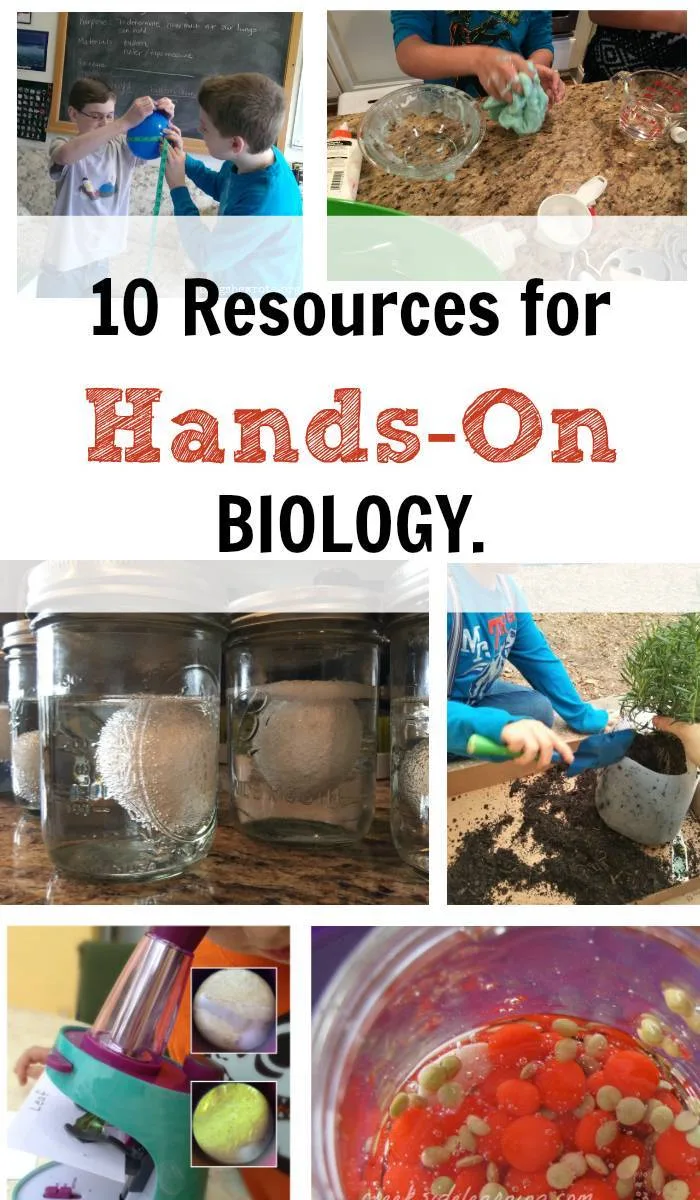Mitosis Worksheet & Other Lesson Ideas
Fun Ways to Teach Mitosis.
Mitosis is one of those topics that my daughter was taught over and over, but yet as a college instructor students would constantly tell me that had never seen it before. It made me consider what I had been doing wrong and how to teach mitosis in a way that felt more concrete. Concrete doesn’t have to mean boring so I started searching for some fun ways to teach mitosis. I use some classic ideas and I’ve stumbled upon some new modern approaches.
The number 1 reason is we’ve gone microscopic and that throws kids for a loop.
Most middle school (and even high school) kids and their instructors are not going to have access to quality microscopes. Since that is the case, I don’t suggest rushing out and grabbing prepared slides. Slides can be used when they are available, but there are lots of fun mitosis activities.
There are tons of other options!
If you are new to teaching life science , mitosis is a fundamental. I suggest you check out my content workshops. It includes a background refresher, common student sticking points, and a resource bundle to use in your classroom.

Idea #1 – Mitosis Worksheets
Worksheets might not be the first thing that pops into your head when you think of fun ways to teach mitosis, but worksheets have come a long way baby. There are so many versions of printable resources that get lumped in with traditional worksheets.
I like to start my mitosis lesson plan with a few worksheets to help kids begin to visualize what is happening.
This is easy to do with any type of mitosis coloring worksheet or cell cycle review worksheet will do. You are just using this as a type of formative assessment. You will quickly see the background knowledge and misconceptions students have about the cell cycle.
The misconceptions that I’m looking to debunk are
- Mitosis and the cell cycle are the same things.
- That is a single event rather than a cyclical activity
- That a single cell “gives birth” to two additional cells.
- Cells spend all of their time dividing.
Following an introductory activity. I like to move through a set of more thorough graphic notes and a cell cycle labeling worksheet. Under NGSS the need to know the phases of mitosis is not a standard, as students are tested in understanding the process. I personally find it difficult to describe what is occurring and why without breaking it down into sections and phases.
This is a great time to convert worksheets to a more hands-on experience.
Idea #2 – Mitosis Activity Hands-On Learning
Kids love when you pull out the arts & crafts supplies, so no list of fun ways to teach mitosis would be complete without it. In my favorite mitosis activity, I use a modeling clay product to have kids create chromatids and centromeres and act out the process of mitosis. Don’t want to bust out the dough?
Have the kids use yarn or string. Two colors are always the best so that the sister chromatids are easier to visualize. A third color is great to stand in as the centromere.
This is a great time to add in microscope work if you’ve got it. Kids can use the manipulatives to recreate what they see and snap a pic. Great use of the phone that can be the bane of your existence.
Not interested in dragging out the arts & crafts supplies?
The next best thing is to have kids draw. I know they don’t want to and they will have a million excuses, but unless there is a real reason like a disability or injury drawing is a magnificent way to capture and learn about the microscopic worksheet.
>>>Grab this free set to get you started by signing up below<<<

Idea #3 – Get the Big Picture
Cell division is something that seems to be touched on in many grade levels. I suggest starting to expand your study as kids move from the typical mitosis activity for middle school (like a mitosis worksheet for middle school) into a broader cell cycle activity in high school.
Help them understand that cell division occurs in real-time and understand the role of cell division in the entire life cycle. This is one of the areas that is universally lacking with students. Mitosis is only one stage of the entire cell cycle. In a typical human cell that divides every 24 hours, only an hour of that time is in mitosis.
What is going on the rest of the time? Interphase occurs when the cell isn’t dividing and during that time all of the functions of the cell AND preparation for division. It really is kind of mind-blowing.
As kids get older it is the perfect time to reinforce or even introduce topics of cell diversity, stem cells, and cancer. Stem cells are a great addition to your cell diversity lesson plan and they also fit nicely with a discussion of the cell cycle and cancer.
What is going on the rest of the time? Interphase occurs when the cell isn’t dividing and during that time all of the functions of the cell AND preparation for division. It really is kind of mind-blowing.
Idea #4- Create Study Aids
After you have shown them pictures, they’ve drawn what they’ve seen, you’ve helped them develop an explanation, and now they have expanded their information by understanding/seeing mitosis as part of a bigger whole.
Have the kids DRAW it again, but make a flip book. This does a couple of things. It reinforces that these actions occur in real time and they will need to play close attention to the details that are different at each stage for their book to work correctly. Who doesn’t like a flip book?
Flipbook isn’t your style?
- Create a stop motion film
- Have the students narrate a video from an online source
- Have students live-tweet their journey as a chromosome going through mitosis
The options are endless.
Idea #5 REVIEW
Last but not least. REVIEW REVIEW REVIEW. Use everything that you can think of to help them remember the concepts of the cell cycle.
- bingo games
- jeopardy games
- task cards
- cell cycle worksheets
- escape rooms
Try any and every mitosis activity you can find to reinforce the concepts of the cell cycle. Students will need lots of repetition to make this new vocabulary stick.







